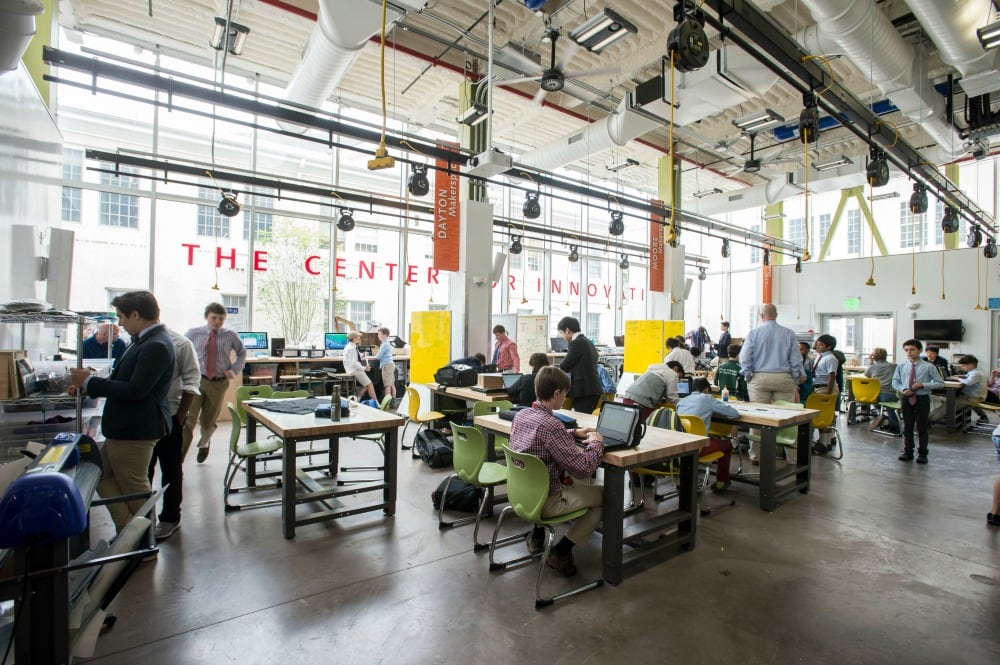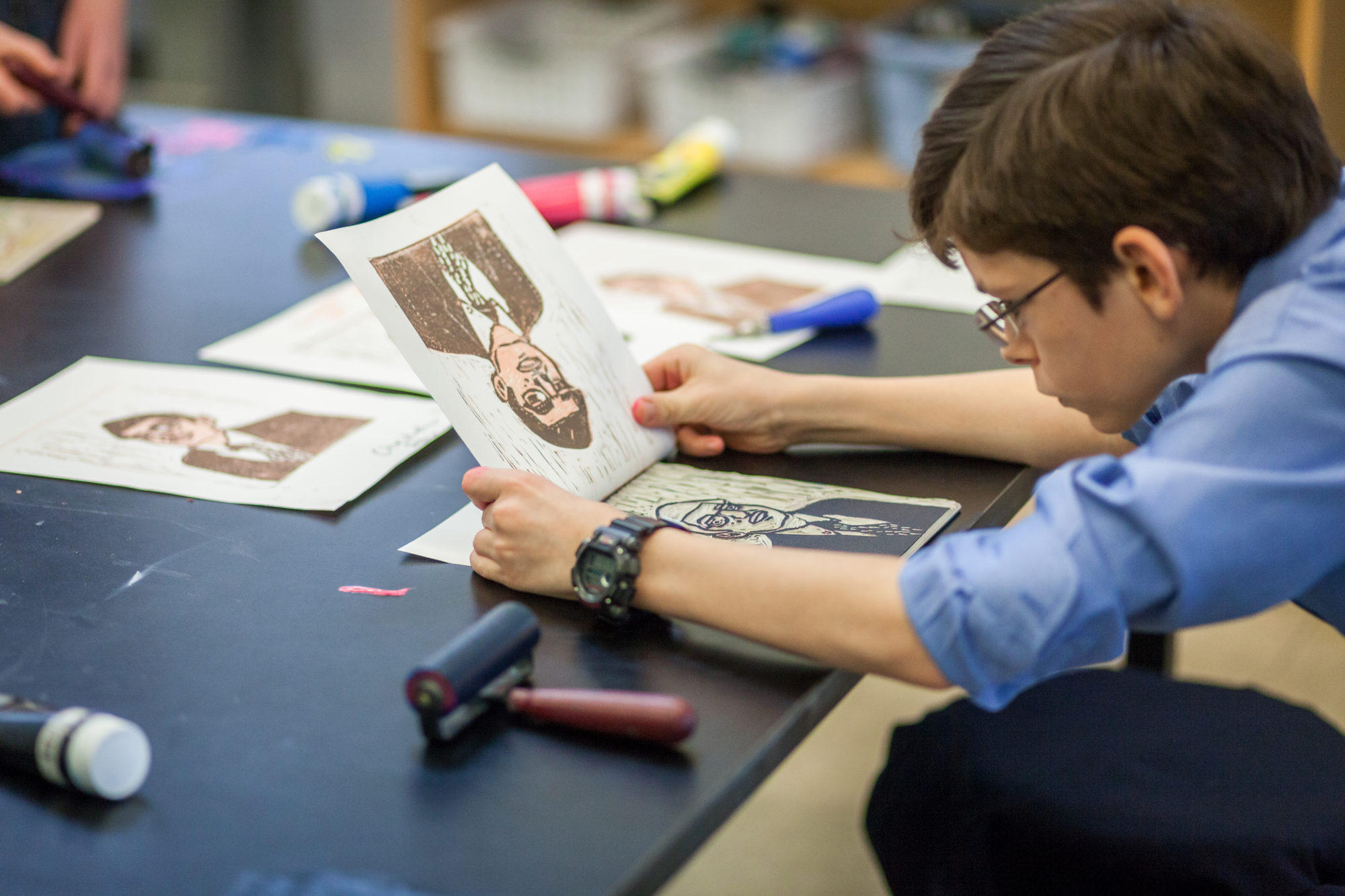Is single-sex education the right choice for your son? Here are three reasons to choose an all-boys school.
Boys and girls interact with the world very differently. This is especially evident in the classroom. To help children succeed, teachers need to adapt to the distinct learning styles of each child. That’s a challenge even in an all-boys school, but it is especially challenging in a co-educational environment.
Michael Gurian, one of the world’s foremost gender experts and founder of the Gurian Institute, has conducted extensive research on childhood development and learning styles. According to the research, most girls are verbal-auditory learners. They often learn best by listening and reading. In contrast, boys are typically kinesthetic learners. They often learn best through hands-on activities.

Why consider an all-boys school for your son?
Many boys thrive in a single-sex learning environment where they can explore their varied interests and grow into smart, independent, and conscientious young men. There are countless intangible benefits to single-sex education, including deep friendships and fewer social pressures. Here are three concrete reasons to choose an all-boys school for your son:
1. Teachers tailor their classes to boys’ learning styles.
At an all-boys school, teachers have the opportunity to tailor their lesson plans to boys’ learning styles. It is not uncommon for teachers at an all-boys school to incorporate movement and team-based projects into the curriculum. Many boys learn best through hands-on experiences and enjoy a bit of friendly competition. These types of activities keep students challenged and engaged in the work.
At Fessenden, our faculty understand how boys learn and what they need at different stages of their development. We focus on hands-on, project-based learning. Where possible, we give students “voice and choice” in their education. By engaging students in this way, they become invested in the project.
Jamie Ames, a fourth grade teacher at Fessenden, brings geometry to life through project-based learning. “One of our faculty members used to be a structural engineer. She spoke with the kids about how to build a truss bridge. Then we challenged the students to use glue and popsicle sticks to build an 18″ high bridge that could hold 50 pounds.”

The students worked in pairs at the Ciongoli Center for Innovation. Given a problem with a real-world application and a bit of friendly competition, the boys stayed engaged and curious. “Not a single bridge collapsed,” says Ames. “One group really struggled and had to go back to the drawing board at the eleventh hour. But they reworked their concept, tried again, and succeeded. That journey of trying, failing, and trying again is where the real learning happens.”
2. Gender stereotypes are largely irrelevant.
In a single-sex learning environment, tasks and subjects are gender-neutral. Boys tend to soften their competitive edge and become more collaborative. In an all-boys school, the complicated dynamics of a co-educational environment are removed. Boys don’t need to worry about fitting a gender stereotype or how they might be perceived by the girls in the class.
At Fessenden, we often talk about stereotypes and what it means to be a good friend and a responsible member of the community. “During our current event discussion, one of my students brought in an article about stereotypes of older adults,” says Ames. “One student’s grandmother runs five miles a day, and another student’s great uncle teaches martial arts. Through this conversation, the boys were able to dispel these stereotypes and we started a conversation about the stereotypes we hold on to around boys and girls and the things they like to do.”

By breaking down stereotypes and looking at an issue from another person’s perspective, students start to empathize with other people in the community. It opens their eyes to more possibilities and helps each student understand how they are responsible to and for the community.
3. Boys enjoy school more and explore a broader range of interests.
According to the National Education Association, boys in single-sex classrooms pursue a wider range of interests and activities and are more successful in school. In a single-sex environment, boys often feel comfortable exploring areas of interest that are traditionally dominated by girls, like music, art, and language. They are also more willing to ask questions and participate in class discussions.

At Fessenden, boys spend their day in a peer environment where they are free to be themselves. They don’t have to choose between being an artist or an athlete. Because we incorporate movement and friendly competition into our coursework, the boys stay engaged and excited, and that leads to better performance. They are also more supportive of one another.
“When one of my students is doing particularly well or has noticeably improved, the kids spontaneously applaud,” says Ames. “They support one another and cheer each other on when they share their work. They open up to one another and take risks. I don’t imagine that kind of peer support is available in many other places.”
These are just a few of the benefits of an all-boys school. We’d love to hear from our community. How has your son benefited from his education at Fessenden?




